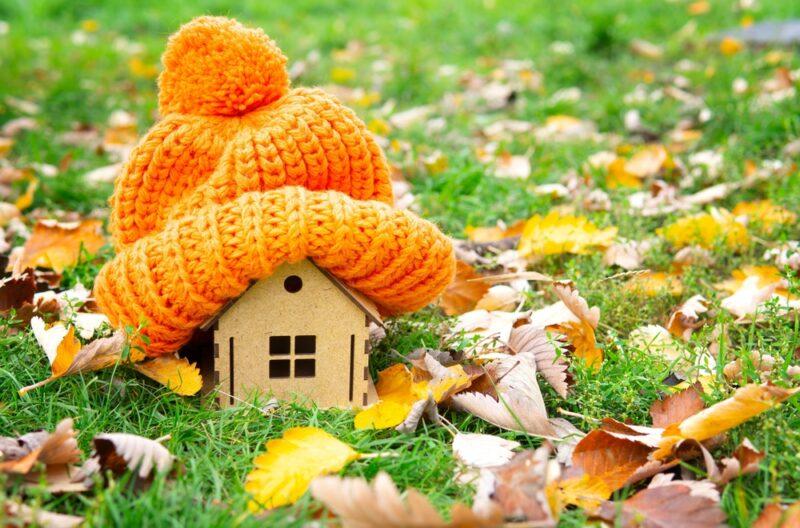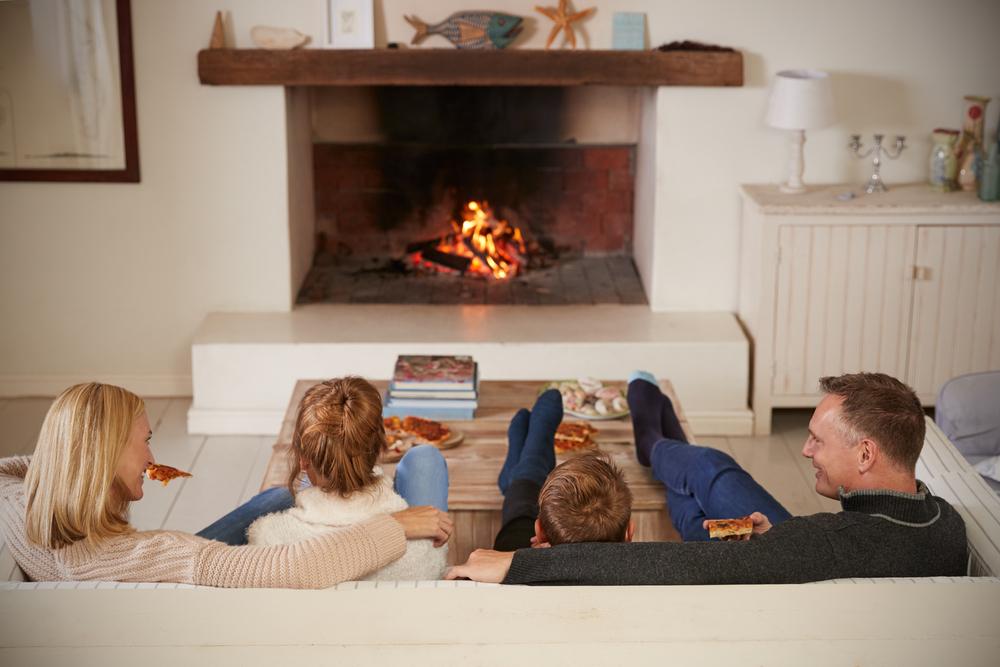Winterproofing Your Home
With winter approaching and temperatures dropping, it is vital to be prepared in your home for the icy cold weather. Winterproofing your home is a great way to keep you and your family warm without causing a huge expense on heating. The increase in energy bills has many people searching for cheaper ways to keep you warm before resorting to cracking up the heating. Discover some ways to winterproof your home below.
Minimize draughts
Minimizing draughts is a classic and simple way to create a warmer home. Draught excluders keep the chilly winds out of the home by sealing cracks in doorways. They are highly effective in any house, but especially for the older homes that constantly have icy winds breezing through.
You can use draught excluders to stop winds from entering through doors and windows, allowing you to go longer before turning on the heating. If you don’t want to purchase draught excluders, you can roll blankets up into a sausage shape. This is just as effective at stopping winds entering the home as draught excluders. To further help your home stay warm, you can keep your curtains drawn and seal any gaps in your window frames or doors.
Insulate pipes
Another low-cost way to keep the cold out of your home is to insulate the pipes. Insulation for pipes is a foam tube that covers the exposed pipes between your hot water cylinder and boiler. It helps to reduce the amount of heat loss through the pipes so it can keep your water hotter for longer!
Measure your pipes to ensure you get the correct size foam, it should be a nice tight fit around the pipes. Slip the foam around the pipes to prevent the waste pipe from freezing and keep your boiler working in extreme temperatures.
Clean gutters
A lot of debris, such as moss, twigs, and leaves, can lead to blocked gutters. These can cause a lot of damp problems within your home as the water from the gutters can leak down the exterior walls. Blocked gutters can also cause leaks and flooding within your home. Have a look at what’s surrounding the gutters and remove anything that can further clog them up. This could be huge branches hanging over the gutters that can easily drop twigs and leaves back into the gutter. Having a clean gutter stops water damage and mold in your home, which keeps it warmer.
Have your boiler checked
To keep your boiler going and working to its best ability, it is ideal to turn on the heating at least once a week. Not only does this help keep the boiler working, but it warms the walls through to keep your house warm. Even if you are trying to avoid using the heating at the moment, or setting it on a timer, it is important to turn it on as if you don’t the pipes could freeze up and the boiler can break. Plus, you don’t want to reach a freezing day and find the boiler doesn’t work!
It only has to be switched on for 15 minutes a week to keep it working, but during winter, it’s ideal to have it on for an hour. You should also get your boiler checked by professionals, especially if you find an issue or something doesn’t look quite right.
Maintain your garden
Winterproofing your home doesn’t just limit you to the indoors, you should also consider getting your garden ready for the winter. This could involve putting away any outdoor furniture, covering plants that can die in freezing temperatures, or even changing your lawn from natural to artificial. Artificial grass can prevent mud and puddles from forming in your garden. Plus, it can easily withstand the cold without fading! You can buy artificial grass online easily and quickly too!
Bleed radiators
Bleeding radiators help them to work efficiently, and it should be done twice a year. You can eliminate air pockets that could have formed in the pipes. These can cause strain on the boiler when thoroughly heating the radiators, leading to less warm radiators and even potentially breaking your boiler.
All you need is a radiator bleed key and something to soak up water that may leak out. Ensure to bleed every radiator in your home to keep it warmer during icy cold temperatures.
Fix radiator reflector panels
Radiator reflector panels are perfect for uninsulated walls, and they help to reduce heat loss in the wall by reflecting radiant heat away from the wall and into the home. Fix them behind your radiators to prevent heat from exiting through the external walls, keeping your home warmer for longer. You only need to fix these panels behind radiators that are mounted on external walls, not internal ones.

Consider a smart meter
Installing a smart meter can help you make wiser cost-effective choices with your heating and saves you money when using your boiler. Smart meters can regulate the temperature in your home, and keep it at a constant, cozy heat. Once it becomes warm, it can switch the heating off or lower the temperature so you’re not blasting it all day every day.
Try some of these techniques to winterproof your home, keeping it warm and cozy without overusing the heating. Assess what will help your house to keep warm and choose the correct methods for you so that you can efficiently stop the cold temperatures from getting in.




